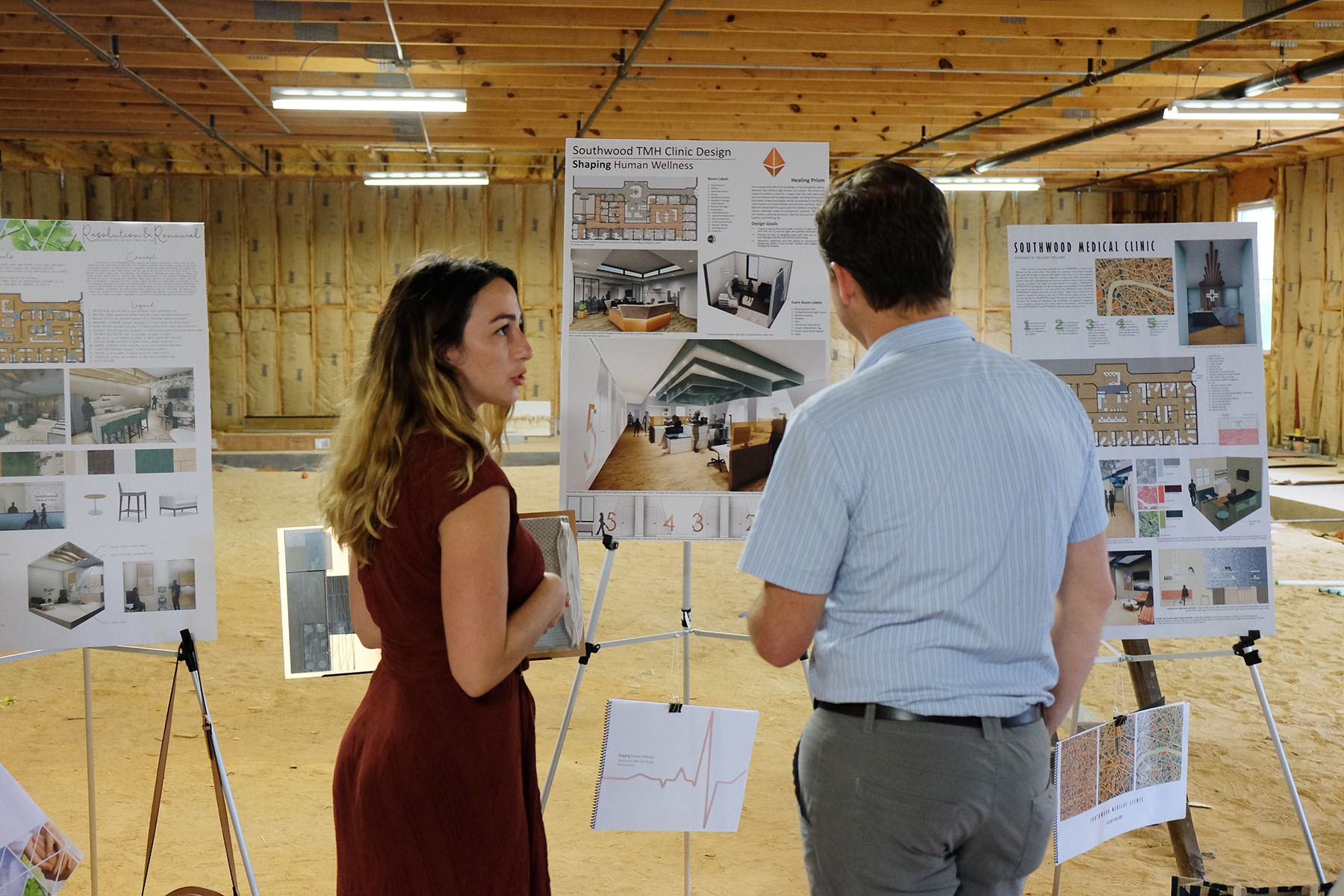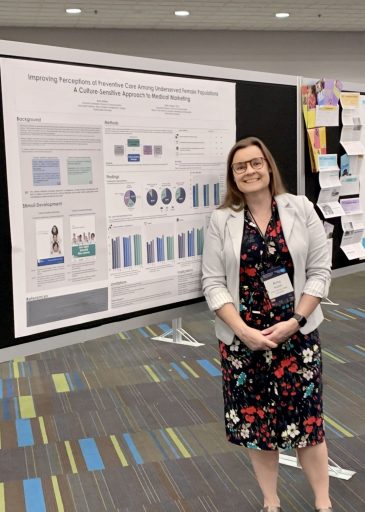
Researchers from Florida State University are examining how a doctor's office waiting room design can impact health outcomes for women.
The study, recently published in the journal Health Environments Research & Design, reveals significant differences in how the environment influences medical trust among African American women compared to Hispanic, Latina and Caucasian women.
"There's lots of history and legacies that can make people feel uncomfortable," said Amy Huber, associate professor and associate chair of the Department of Interior Architecture and Design and one of the study's authors. "Recognizing those different comfort levels and how the built environment can mediate some of those issues is important not only in health care, but also in other spaces where people may not prefer to spend their time."

While teaching in the health care design studio at FSU's Department of Interior Architecture and Design, Studio IV, she observed that female students from underserved backgrounds experienced heightened anxiety during health care visits.
Through her research, Huber wanted to learn how environments could better serve women.
To ensure that patient perspectives are acknowledged, Huber has been involved with groups like Florida's Healthy Start Coalition, a nonprofit organization that aims to improve the lives of families through services developed to meet the needs of pregnant and postpartum women and their families.
In meeting health care providers over the past several years, Huber realized how little attention is paid to the issue of design.
"They're so busy with what they do in their work that they don't have time to think about how their spaces could be better," she said.
Through interviews and surveys, Huber discovered that simple changes, like adding pictures of the community or showcasing local art in a clinic, can have a big impact on how women feel about going to the doctor and trusting new health care providers.
"Even having small windows next to doors to see the next step in the process can be the difference between fear and comfort," Huber said. "Some of the interviewees mentioned getting a sense of who the provider is, be it their dogs or their volunteer activities, that they could then come to trust the provider a bit more on that first visit."

Huber, who worked with Associate Professor of Communication Rachel Bailey on the project, said she has a personal connection to the subject.
"I'm the daughter of two nurses," she said. "I grew up around health care environments, so I already had an inherent level of trust for health care providers. What I came to learn from working with students is that not everyone has that comfort level."
Huber hopes her research will find its audience and optimize health budget allocations to accommodate designing more trustworthy, comfortable facilities. Through research, outreach and dedicated scholarship, Huber empowers designers to advocate on behalf of patients and their providers.
"Design research that leads to practical and meaningful implementation of health care solutions is at the core of the FSU Health ecosystem," said Jim Dawkins, chair of the Department Interior Architecture and Design. "Professor Huber's research with disadvantaged and underserved populations strategically aligns with the university's goal of providing better care options for Florida's often overlooked residents."






